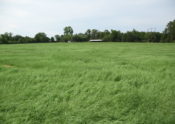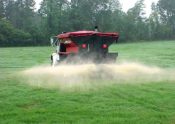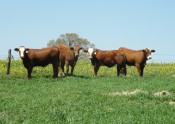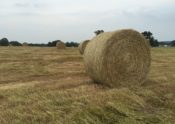
Warm-season perennial grasses are the basis of pasture systems and livestock production in Texas. The most prominent warm season species are bermudagrass (seeded and hybrid) and bahiagrass. Neither of these species is native to the state of Texas but they are well adapted to Central and East Texas. Unfortunately they can be greatly impacted by cold winter temperatures. Central and East Texas have seen record temperatures in late December. Many may be concerned about whether or not their warm season forages have survived these weather conditions. Bermudagrass… Read More →







